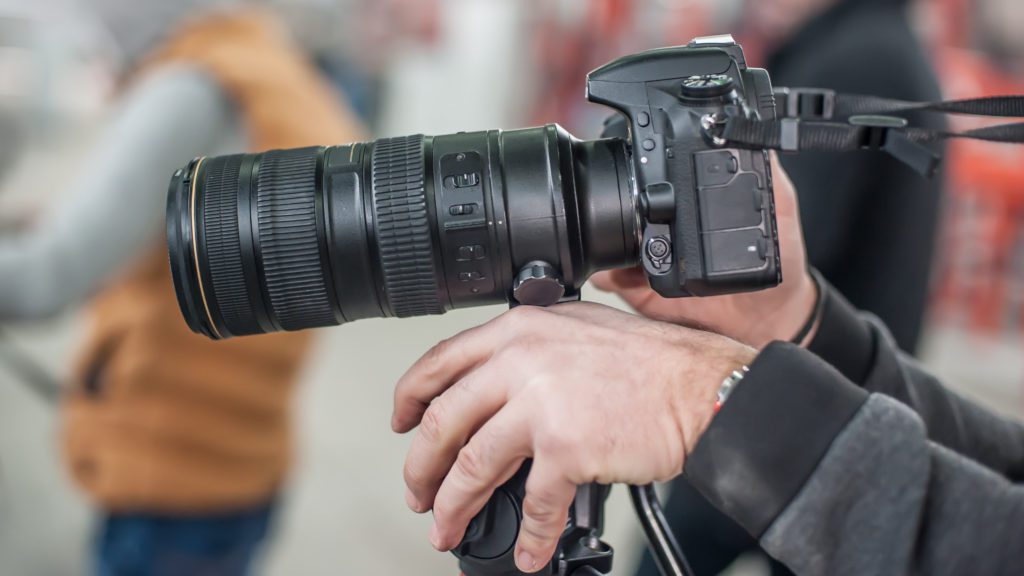In a world where technology is rapidly evolving, photography has undergone a profound transformation. Digital cameras have become ubiquitous, offering convenience, versatility, and instant results. However, there is a unique charm and nostalgia associated with vintage cameras that continues to captivate photography enthusiasts. In this feature blog, we will explore the fascinating realm of digital and vintage cameras, exploring their features, advantages, and the enduring appeal they hold in our hearts.
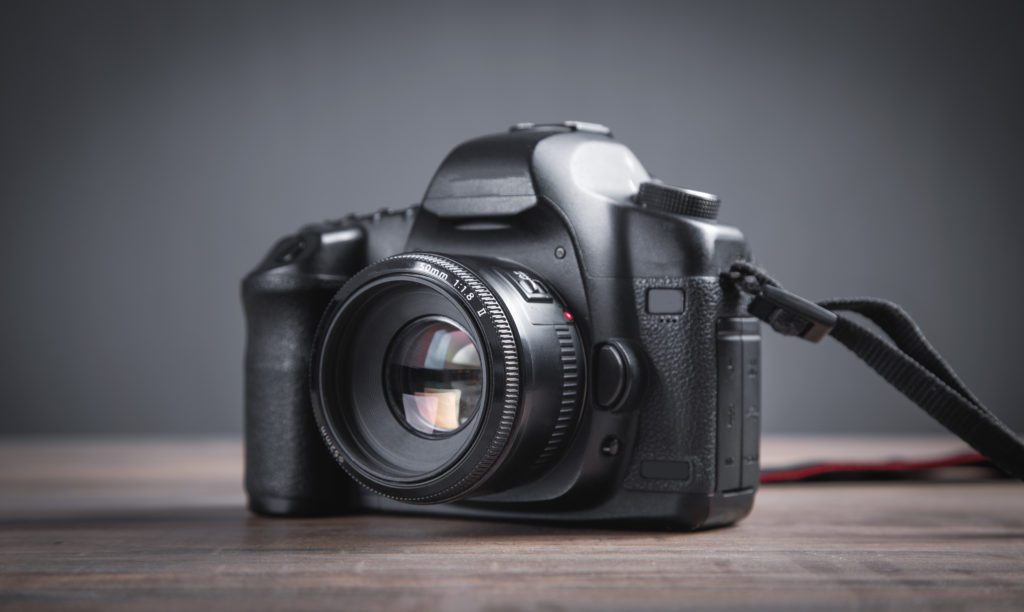
The Evolution of Digital Cameras
The digital revolution has revolutionized photography. Over the years, digital cameras have gone through a remarkable evolution, transforming the way we capture and preserve our memories. From the early prototypes with low-resolution sensors to the cutting-edge DSLRs and mirrorless cameras available today, the advancements have been staggering. The introduction of high-resolution sensors, advanced autofocus systems, and the ability to point and shoot even in various lighting conditions have made digital cameras incredibly popular among photographers of all levels.
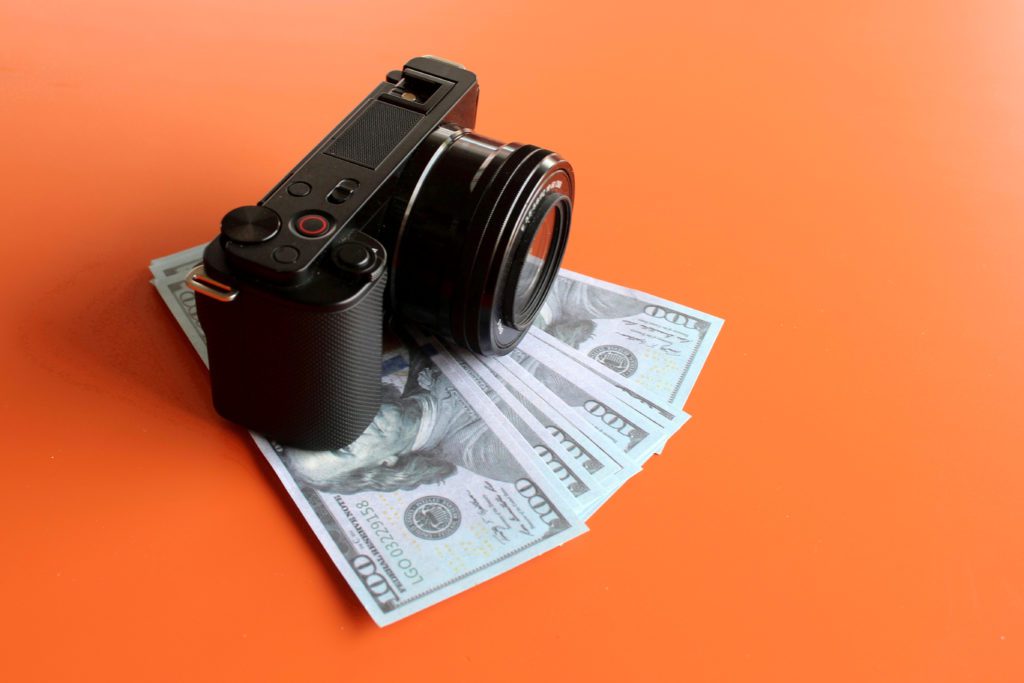
What is the a Mirrorless Camera?
A mirrorless digital camera is a type of digital camera that does not have a mirror mechanism like traditional DSLR (Digital Single-Lens Reflex) cameras. Instead, it uses a digital imaging sensor to capture and display the image directly through the camera’s electronic viewfinder or LCD screen. Mirrorless cameras are known for their compact size, lighter weight, and advanced features such as fast autofocus, high-resolution image sensors, and the ability to shoot high-quality video. They offer a versatile and convenient option for photographers looking for a balance between image quality and portability.
Embracing Convenience: Benefits of Digital Cameras
Digital cameras have redefined the way we capture and share moments. Their convenience and ease of use have made photography more accessible to a wider audience. In this section, we will discuss the advantages of using digital cameras. One of the key benefits is the ability to preview and adjust settings in real-time, allowing photographers to fine-tune their compositions and exposure. Additionally, digital cameras offer instant access to photos, eliminating the need for film processing, and enabling immediate sharing and printing. We will also explore the range of accessories and software available to enhance the digital photography experience, such as filters, tripods, and post-processing tools.
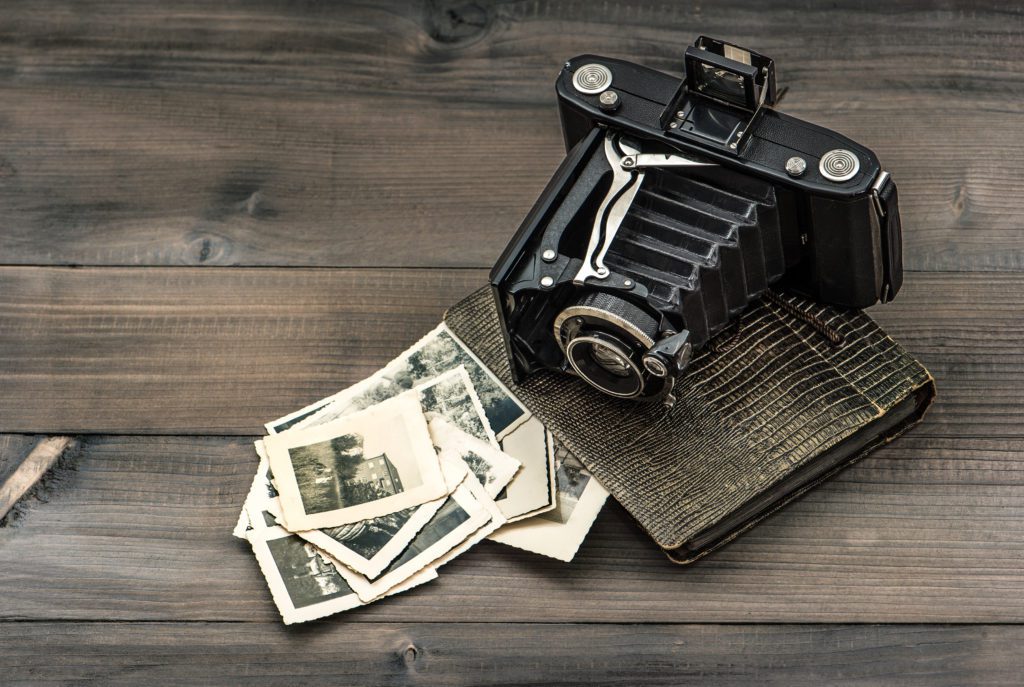
The Magic of Vintage Cameras
While digital cameras dominate the photography landscape, vintage cameras hold a special place in the hearts of many photography professionals and enthusiasts. These classic cameras evoke nostalgia and embody the rich history of photography. In this section, we will take a trip down memory lane, exploring the iconic designs and features of vintage cameras. From classic rangefinders to film SLRs, we will discuss the unique characteristics that set vintage cameras apart, and why they continue to hold their allure. The mechanical craftsmanship and simplicity of these cameras provide a tangible connection to the roots of photography.
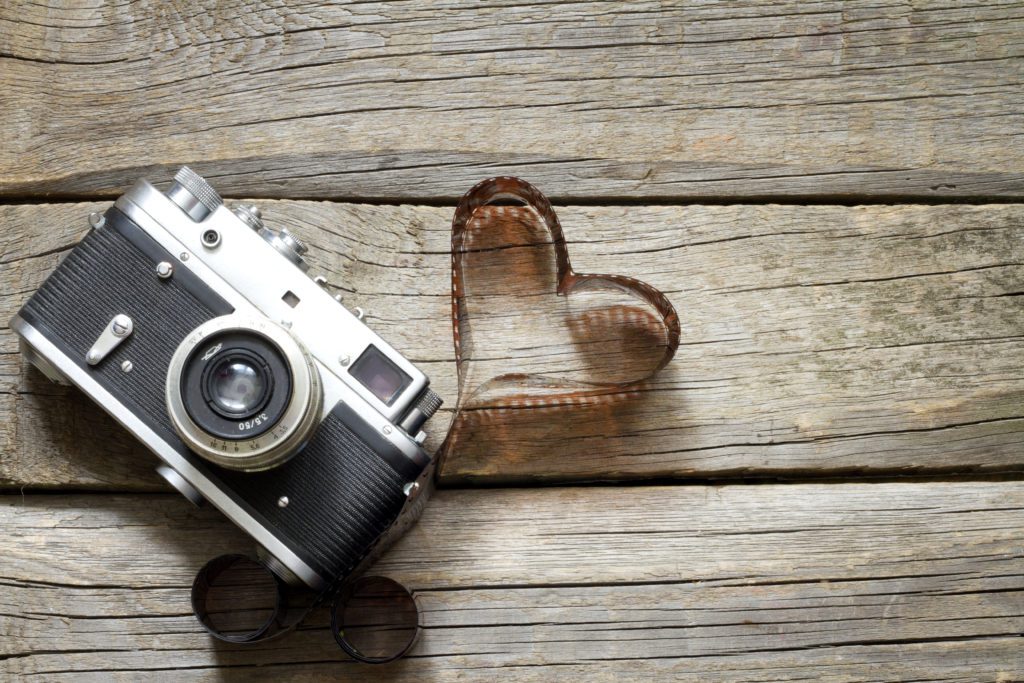
Film Photography: A Different Kind of Art
One of the distinct aspects of vintage cameras is their association with film photography. Film photography offers a different kind of artistry, capturing light and colors in a unique way. There is beauty when you shoot with film. From the tactile experience of loading film, the anticipation of developing and printing photographs, and the unique aesthetic qualities that film captures, the process is captivating. Despite the rise of digital photography, film has experienced a resurgence in recent years, attracting photographers who appreciate its organic and timeless qualities.
Shooting pictures with film involves several key steps in the process:
Selecting the Film: Choose a film type based on your desired look and intended shooting conditions. Films vary in terms of ISO sensitivity, color rendition, grain structure, and special effects.
Loading the Film: Open the camera’s film compartment, ensure proper alignment, and load the film into the camera. Follow the specific instructions provided by your camera model to avoid any light leaks or damage to the film.
Setting the Exposure: Adjust the camera settings, including aperture, shutter speed, and ISO, based on the lighting conditions and desired exposure. Use a light meter or the camera’s built-in metering system to determine the appropriate exposure values.
Composing the Shot: Frame your subject and adjust the focus manually or using autofocus, depending on your camera model. Pay attention to composition, lighting, and any creative elements you wish to incorporate.
Taking the Shot: Press the shutter release button to expose the film. Note that film cameras typically have limited frames per roll, so be mindful of the number of shots remaining.
Winding the Film: After each shot, advance the film manually by winding the film lever or using an automatic winding mechanism, depending on your camera model. This action prepares the next frame for exposure.
Rewinding the Film: Once you have used all the frames on the roll, rewind the film back into its canister. Use the camera’s rewind crank or switch to perform this action carefully, ensuring that the film is securely stored in the canister.
Developing the Film: Take the exposed film to a professional lab or process it yourself if you have the necessary equipment. The film is immersed in various chemical solutions that develop and fix the latent image on the film.
Printing or Scanning the Film: After the film is developed, you can either print the images in a darkroom or scan them into a digital format for further editing and sharing.
It’s important to note that the process may vary slightly depending on the brand and type of film and camera you are using, as well as personal preferences and techniques. Each step requires careful attention to detail to ensure the best results when shooting with film.
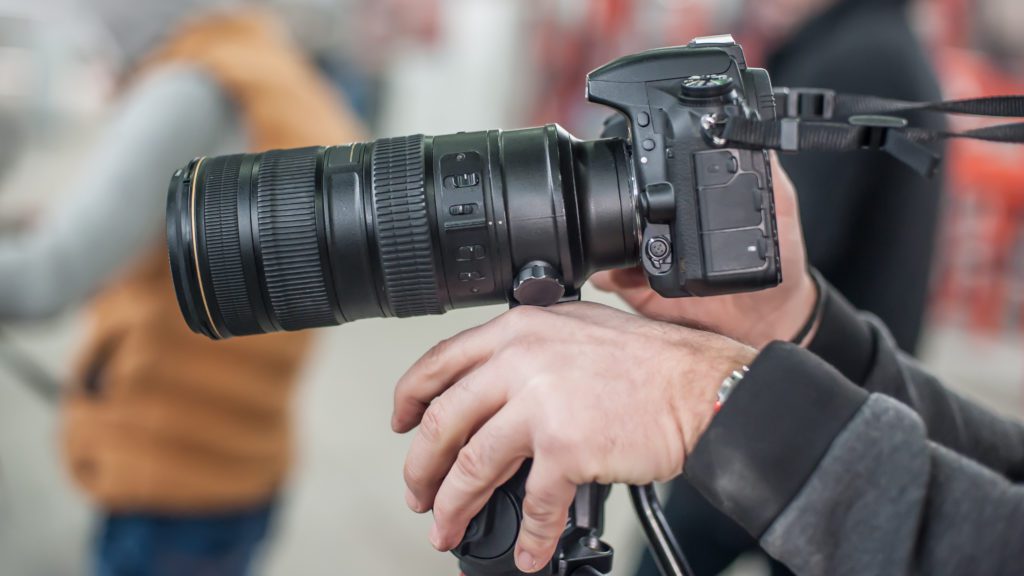
The Thrill of Manual Controls
While digital cameras offer a wealth of automated features, vintage cameras often require a hands-on approach. This manual control is one of the aspects that draw photographers to vintage cameras. In this section, we will explore the joy and creativity that come with manual controls. Adjusting aperture and shutter speed, manually focusing, and selecting the appropriate film type give photographers precise control over their images. These manual controls foster a deeper understanding of the technical aspects of photography and encourage a more deliberate and thoughtful approach to capturing images.
Unleashing Creativity with Vintage Lenses
One of the advantages of vintage cameras is the ability to use a wide range of interchangeable lenses. Vintage lenses offer unique characteristics and can add character and charm to your images. In this section, we will discuss the possibilities of unleashing creativity with vintage lenses. We will explore the world of prime lenses, zoom lenses, and specialty lenses that vintage cameras can accommodate. These lenses often have distinct optical qualities, such as pleasing bokeh or subtle lens flare, which can inspire photographers to experiment and explore new artistic avenues.
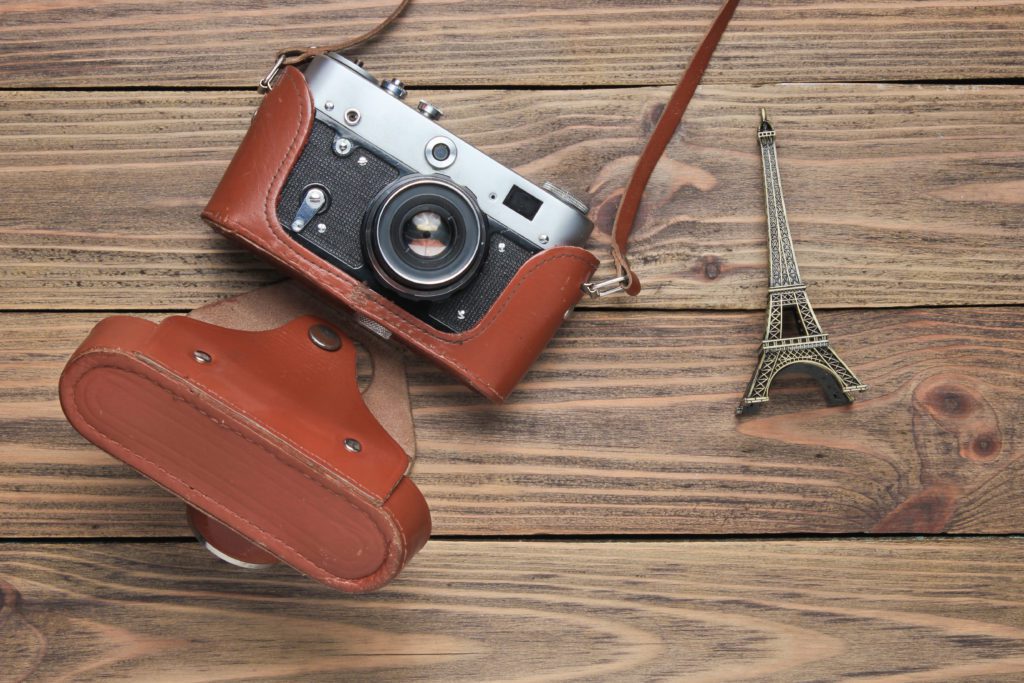
What is the History of the Camera?
The history of the first camera dates back to ancient times, with the development of optical devices that could capture and project images. However, the camera, as we know it today, capable of permanently recording images and videos, has a more recent history.
The Camera Obscura, meaning “dark chamber” in Latin, is considered one of the earliest forms of a camera. It consisted of a small, darkened room or box with a small hole on one side. Light passing through the hole projected an upside-down image of the outside world onto a surface inside the chamber. The Camera Obscura was known to ancient Greek and Chinese philosophers and was widely used by artists for centuries as a tool for drawing and painting.
In the early 19th century, the development of light-sensitive materials paved the way for the creation of the first true photographic camera. In 1816, Nicéphore Niépce, a French inventor, captured the first known photograph using a camera obscura and a bitumen-coated plate. This process, known as heliography, required an extended exposure time and produced a crude, black and white image.
The breakthrough in photography came in 1839, when Louis Daguerre, a French artist and inventor, introduced the Daguerreotype process. This early photographic technique involved exposing a silver-coated copper plate to light, and then treating it with chemicals to create a permanent image. The Daguerreotype process significantly reduced exposure times, making it more practical for capturing portraits and scenes.
Around the same point in time, William Henry Fox Talbot, an English scientist, developed a different photographic process called the Calotype. Talbot’s process involved coating paper with light-sensitive silver salts, exposing it in a camera, and then developing the image through chemical treatments. The Calotype process allowed multiple prints to be made from a single negative, making it a precursor to modern film photography.
Throughout the 19th and 20th centuries, various inventors and photographers continued to refine and improve camera designs and photographic processes. The introduction of flexible roll film by George Eastman and the founding of the Kodak company in the late 1800s marked a significant advancement in photography, making it more accessible to the public.
From these early developments, cameras and photo using have continued to evolve, with the introduction of more compact and portable designs, the switch from film to digital sensors, and the integration of advanced features and capabilities. Today, we have a wide range of digital cameras that offer high-resolution images, instant results, and countless creative possibilities, thanks to the long and rich history of camera development.
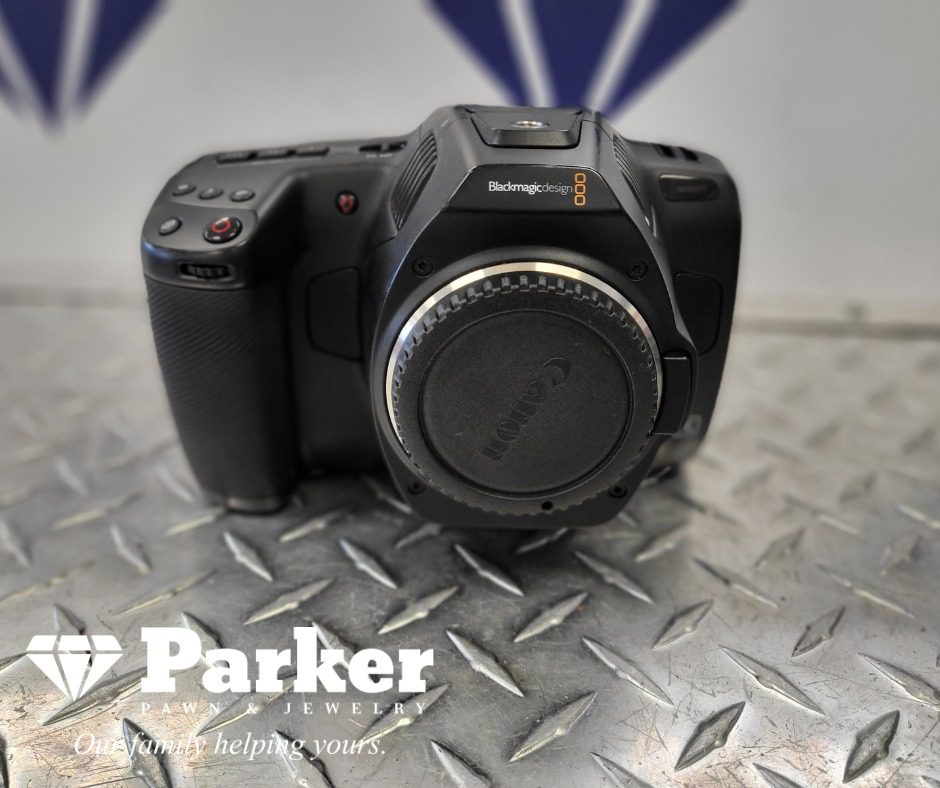
Digital vs. Vintage: Choosing the Right Camera
When it comes to choosing a camera, photographers often find themselves torn between the convenience of digital cameras and the charm of vintage cameras. In this section, we will compare the pros and cons of digital and vintage cameras, helping you make an informed decision based on your preferences, shooting style, and budget.
Parker Pawn in Fayetteville, NC has a selection of pre-owned cameras, and their team of professionals can answer any questions you have about the types of digital cameras.
We will discuss factors such as image quality, convenience, cost, and availability. Understanding the strengths and limitations of both types and brands of cameras will help you find the perfect camera that suits your needs and artistic vision.
What are the 6 types of Digital Cameras?
There are several types of digital cameras available in the market, each designed for specific purposes and user preferences. Here are six common types of digital cameras:
Compact Point-and-Shoot Cameras: Compact cameras, also known as point-and-shoot cameras, are small, lightweight, and easy to use. They are designed for casual photographers who prioritize convenience and simplicity. Compact cameras typically offer automatic settings and built-in lenses with fixed focal lengths. They are great for everyday photography, travel, and social events.
DSLR (Digital Single-Lens Reflex) Cameras: DSLR cameras are popular among enthusiasts and professional photographers. They feature interchangeable lenses and a mirror mechanism that allows you to see the image through an optical viewfinder. DSLRs offer excellent image quality, manual control over settings, and a wide range of lens options. They are versatile cameras suitable for various genres, including landscape, portrait, sports, and wildlife photography.
Mirrorless Cameras: Mirrorless cameras are similar to DSLRs in terms of image quality and versatility but lack the mirror mechanism. Instead, they use a digital viewfinder or an electronic viewfinder (EVF) to display the image preview. Mirrorless cameras are known for their compact size, lighter weight, and silent operation. They offer interchangeable lenses, advanced autofocus systems, and high-quality video recording capabilities.
Action Cameras: Action cameras are designed for capturing fast-paced, adventurous activities. They are compact, rugged, and often waterproof. Action cameras typically have wide-angle lenses, built-in stabilization, and the ability to capture high-resolution videos and photos. They are commonly used for sports, outdoor activities, and capturing immersive first-person perspectives.
Bridge Cameras: Bridge cameras bridge the gap between compact cameras and DSLRs. They offer advanced features and manual controls similar to DSLRs but have a fixed lens. Bridge cameras provide a versatile zoom range, from wide-angle to telephoto, eliminating the need for multiple lenses. They are suitable for photographers seeking a balance between convenience and advanced functionality.
Medium Format Cameras: Medium format cameras are primarily used by professional photographers and enthusiasts who demand the highest image quality and resolution. These cameras have larger sensors compared to full-frame or APS-C cameras, resulting in exceptional detail, dynamic range, and color accuracy. Medium format cameras come in both digital and film formats and are commonly used for commercial, fashion, and landscape photography.
It’s important to note that there are other specialized types of digital cameras available, such as underwater cameras, infrared cameras, and high-speed cameras, which serve specific niches and purposes. The choice of camera type depends on your photography needs, budget, and level of expertise.
Blending Old and New: The Hybrid Approach
As photography evolves, some photographers find themselves torn between the convenience of digital cameras and the charm of vintage cameras. In this section, we will discuss the concept of a hybrid approach, where photographers combine the best of both worlds. We will explore techniques such as adapting vintage lenses to digital cameras, allowing photographers to leverage the unique characteristics of vintage glass while benefiting from the convenience and technological advancements of digital cameras. Additionally, we will look at the rise of digital cameras with retro designs, which aim to capture the essence of vintage cameras while offering the benefits of modern digital technology.
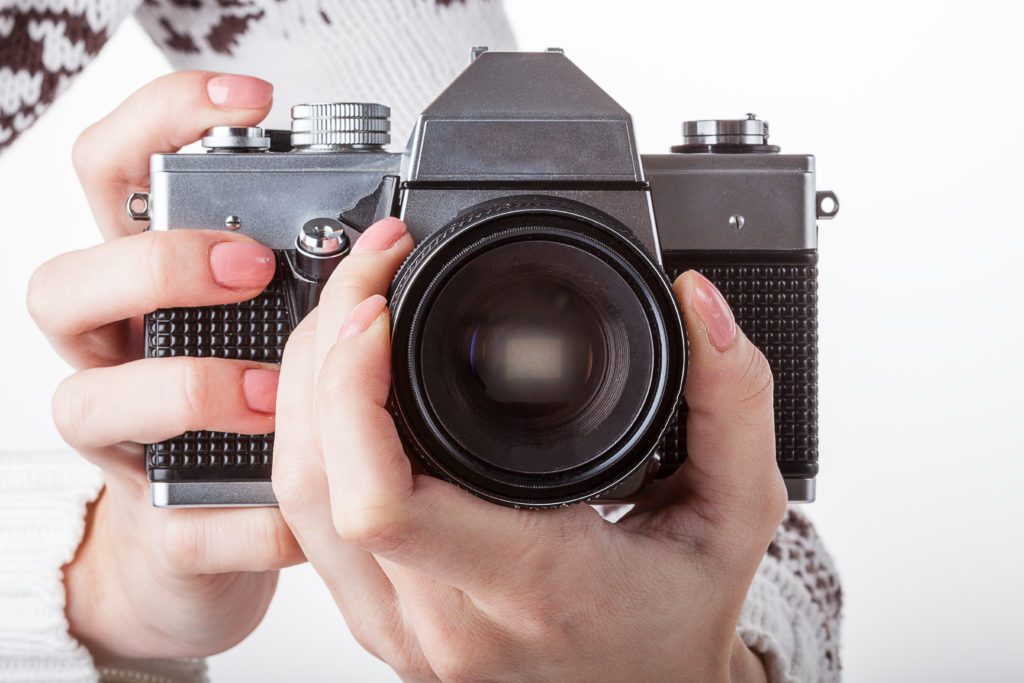
Preserving Memories, Embracing the Future
In our final section, we will reflect on the enduring importance of photography as a means of preserving memories and storytelling. Whether through digital or vintage cameras, the essence remains the same: capturing and sharing experiences. We will discuss the role of photography in documenting our lives, capturing history, and sharing our stories with future generations. Despite the ever-changing landscape of technology, the fundamental purpose of photography remains unchanged.
The world of digital and vintage cameras offers a rich tapestry of possibilities for photographers. From the convenience and versatility of digital cameras to the nostalgia and unique aesthetics of vintage cameras, each has its place in capturing the beauty of our world. By understanding their features, advantages, and joys, photographers can embark on a creative journey that combines the best of both past and present. So pick up your camera, be it digital or vintage, and let your imagination roam as you capture memories that will last a lifetime.

Parker Pawn and Jewelry
Experience the Treasures of Parker Pawn & Jewelry: Fayetteville’s Ultimate Destination for Gold, Jewelry, Musical Instruments, Cameras, and Cutting-Edge Electronics! Since 1955, our legacy on 125 Gillespie St. has flourished, expanding to 3 locations, ensuring unparalleled access to a world of exceptional finds!
Unlock the Power of Possibilities: Transform Your Assets into Cash with Parker Pawn & Jewelry! No matter your financial situation, our dedicated team is here to help. We go above and beyond to ensure you receive the best offer for your items, crafting terms that leave everyone satisfied. Worried about a low credit score? Fear not! Parker Pawn & Jewelry welcomes all. Contact us today with any questions and embark on your path to financial freedom!

